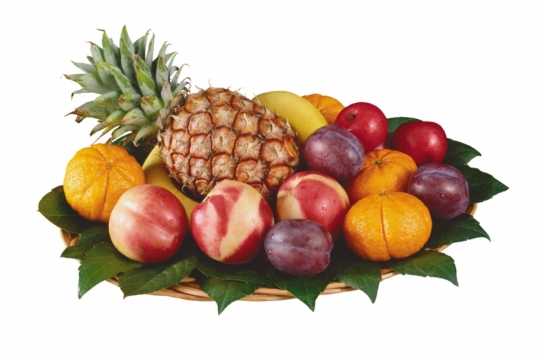A Learning Path for The Team Fruit Bowl
A Learning Path for The Team Fruit Bowl
Buiilding a Better Team
My most recent book “The Team Fruit Bowl” aims to provide a host of practical insights, and a road map for making your team better.
To help The Team Fruit Bowl‘s readers along that road, here’s a learning path for the book.
Learning Path
- Introduction to the Concept: Begin by understanding the fundamental premise of the book – the idea of comparing different team dynamics to various fruits. Familiarize yourself with the overall structure of the book and the key themes it explores.
- Deep Dive into Individual Chapters: Each chapter of the book focuses on a different fruit and the team dynamics it represents. Read each chapter carefully, taking notes on the key takeaways and practical applications. Remember, you don’t have to choose one fruit as a model for your team. Instead, consider the unique aspects of each fruit and how they might apply to your team’s context:
- Team Apple
- Team Banana
- Team Orange
- Team Grape
- Team Pineapple
- Team Watermelon
- Team Strawberry
- Team Blueberry
- Team Peach
- Team Lemon
- Team Raspberry
- Team Coconut
- Team Kiwi
- Team Mango
- Team Kumquat
- Team Pear
- Reflection and Discussion: After each chapter, reflect on the lessons learned. How do they apply to your team? What elements resonate with your team’s current dynamics? If you’re reading this book as a team, this would be a good time to have a group discussion.
- Practical Application: Start applying the lessons learned to your team. This could be in the form of new team-building activities, changes in communication, or adjustments to your team’s structure or culture. Remember, change takes time, so be patient and persistent. And most importantly, feel free to mix and match the elements that best suit your team’s context.
- Continuous Learning: Once you’ve gone through all the chapters, don’t stop there. Revisit the book regularly, reflect on the changes you’ve made, and continue to learn and adapt. The journey to a high-performing team is ongoing, and there’s always more to learn.
- Evaluation: After a few months of applying the lessons from the book, take some time to evaluate. What changes have been effective? What still needs work? Use this evaluation to guide your ongoing learning and development as a team.
Remember, the goal of this learning path is not just to read the book, but to truly understand and apply its insights to improve your team’s dynamics and performance. The beauty of “The Team Fruit Bowl” is that it allows you to pick and choose the elements that best suit your team, creating a unique blend that’s just right for your context.

